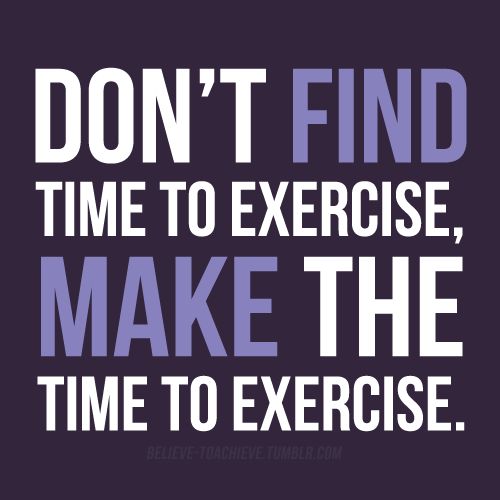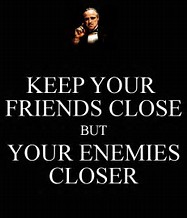90% of buyers never follow through with buying a business.
50% of potential deals between a buyer and seller fall through.
And only 20% of businesses listed ever sell.
So why would I ever recommend buying a business as your first option if you’re seriously looking into breaking free from the wage-earner world?
Because if you’re successful, you will have taken years off of your cycle time.
When I first looked to starting fresh, free from earning my keep from a corporation, the thought of building a business from scratch was daunting. I already knew what it took to run a business since I’d already gained the experience of running a multi-million dollar P&L center for a previous company. That I already knew how to do. But how did that business get there? How was that business built little-by-little over time? I had very little idea.
Starting Over
I was 37 years old, just divorced, and laid-off by the technology start up I was working for. It was 2008 and the sub-prime mortgage crisis was wreaking havoc on the economy. I had been wanting to run my own business for years, and with the confluence of events in 2008, I had to make a major decision.
As with how I assess risk in most cases, there was an upside and downside to the various paths I could take. One path was to become financially independent. The upside was that I could obtain my goal of becoming financially independent and see my children when, and how often, I wanted. It was a significant reward. The downside: There would’ve been a financial burden on all of us. But, I believed that with the increased amount of attention and time I could pay to my children, they would hopefully not just understand but appreciate it more than anything that more money could provide. The other path wasn’t so different than what I’d been doing for years – taking a corporate job that involved lots of travel. The upside to that is that we wouldn’t have to struggle financially. The downside: I wouldn’t see my children as often as I wanted.
Making The Decision
I decided that since the worst that could happen was basically already realized and there was everything to gain, I would try to become financially independent. It was a tough, meandering course, but with a solid commitment, long hours of work (when I didn’t have the kids), and persistence – I made it.
There’s so much involved in making the decision to go into business for yourself, much more than one article could articulate. One has to be in the right place, they have to have their personal lives in order, they have to be free of financial obligations that might derail business ownership, they have to have a strong network of support, and so on…
So here’s why when you make that decision I recommend the first option you consider is buying your first business. Even with the statistics backing the likelihood that you will fail to complete that attempt, the upside benefits of successfully completing a purchase significantly outweigh the downside of failing to try. Here’s why:
Buying a Business Is Easier Than Starting Your Own
1. If you’ve evaluated the business correctly, you will be buying one that has already established processes to succeed
Most businesses take 3 to 4 years to figure this out. And most businesses will either be alive or dead in 4 years. 95% fail within 10 years. There are numerous statistics on this which can be searched all over the internet. And those businesses fail for a number of secondary reasons but there is only 1 reason a business fails: They run out of cash. And they run out of cash because they couldn’t get enough sales to cover their expenses. Now some businesses do close their doors even when they have a positive cash flow, but the owner(s) may have deemed that their time expense was simply not worth it. In essence, they were not paying themselves enough to continue. In any event, the end result is the same.
It takes a lot of work to figure out all of the processes that make a business successful – product, marketing, sales, human resources, operations, and on and on. And making one major mistake in any of these areas during a business’ infancy can be fatal. The one way to minimize this risk is to buy a business that has already figured this out and become successful.
2. Time. It’s simple. It can work for and against you. When it comes to business, it works against you when starting a business from scratch. Starting a business from scratch in most cases requires consistency and persistency in many different areas over a few years. Lots can go wrong during that time. From the business side, the market can change, technology improves (for better or worse), or the economy can hit a road bump. From the personal side, you might develop obstacles caused by the time spent on the business, you may have a life change that forces you to adjust, or you might simply run out of steam. Buying a business that is already running (and profitable) reduces the impact of changes over time on your chances of success.
3. The stress caused by low and unpredictable cash flow is minimized. This might be number 3 but it is no less significant. The burden on your will to go on during periods of financial uncertainty can be massive. Unless you’re one of the lucky few that happened to find the right formula at the right time, it can be a slow slog in starting a business from the ground up. Watching little to no money coming in for even just a short period of time can make many throw in the towel at its first sign. If you’ve made a good choice in buying a business, cash flow is predictable. Even if the business is seasonal, you’ve got data to show you what to expect and prepare accordingly. That, in and of itself, could be the difference in you keeping your will to carry on, or quit.
Do Your Research
When I was looking for businesses to purchase in 2010, it was probably the worst time in recent memory to do that. The economy was in the midst of the ‘Great Recession’, a period of economic hardship that was second only to the ‘Great Depression’ for the 20th century. I couldn’t get a bank loan for any type of business that I didn’t directly have experience with. It was a problem that eventually led me to start my own company and buy, instead of an entire business, a book of clients from another company. That way, there was at least some level of confidence that I would have customers from the get-go. Still, there was a huge learning curve in establishing the processes I mentioned above. While the learning experience was invaluable for future business development (I started another company later on), my first choice would’ve been to purchase a successful business in the beginning. And while one learns so much from starting a business from scratch about how to do just that, you don’t need to know how to start a business in order to successfully run a business.
How to select the right business to purchase, financing that purchase, and preparing your personal life for it is a huge topic base. There are a lot of resources available at the click of a button. As always, do your research. If you’re entrepreneurial-minded and want to break away from working for others, you might find that the best way to hit the ground running is to buy that business rather than build it yourself. If business success is your ultimate goal as a business owner (and it should be one of them!), you’ll have a much better chance of achieving that goal.
If you don’t build your dream, someone will hire you to help build theirs. – Dhirubhai Ambani





